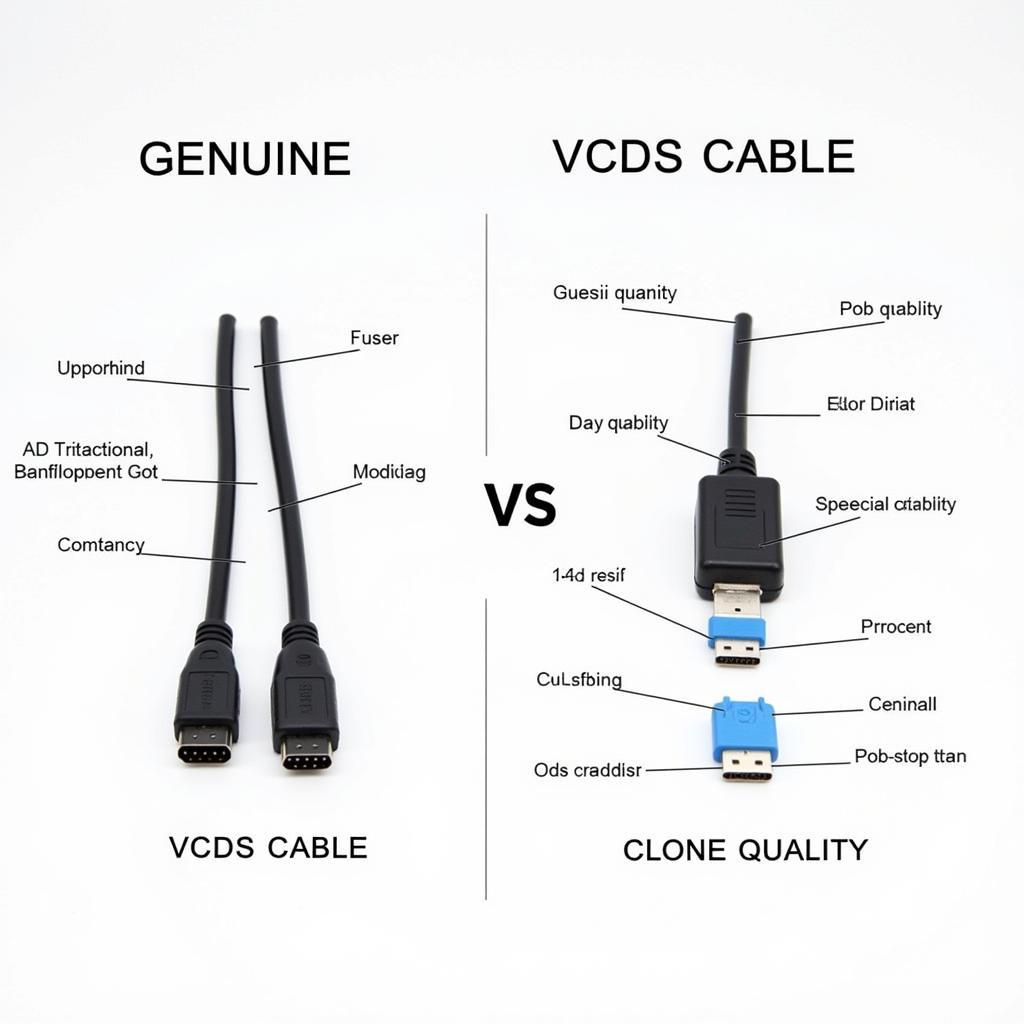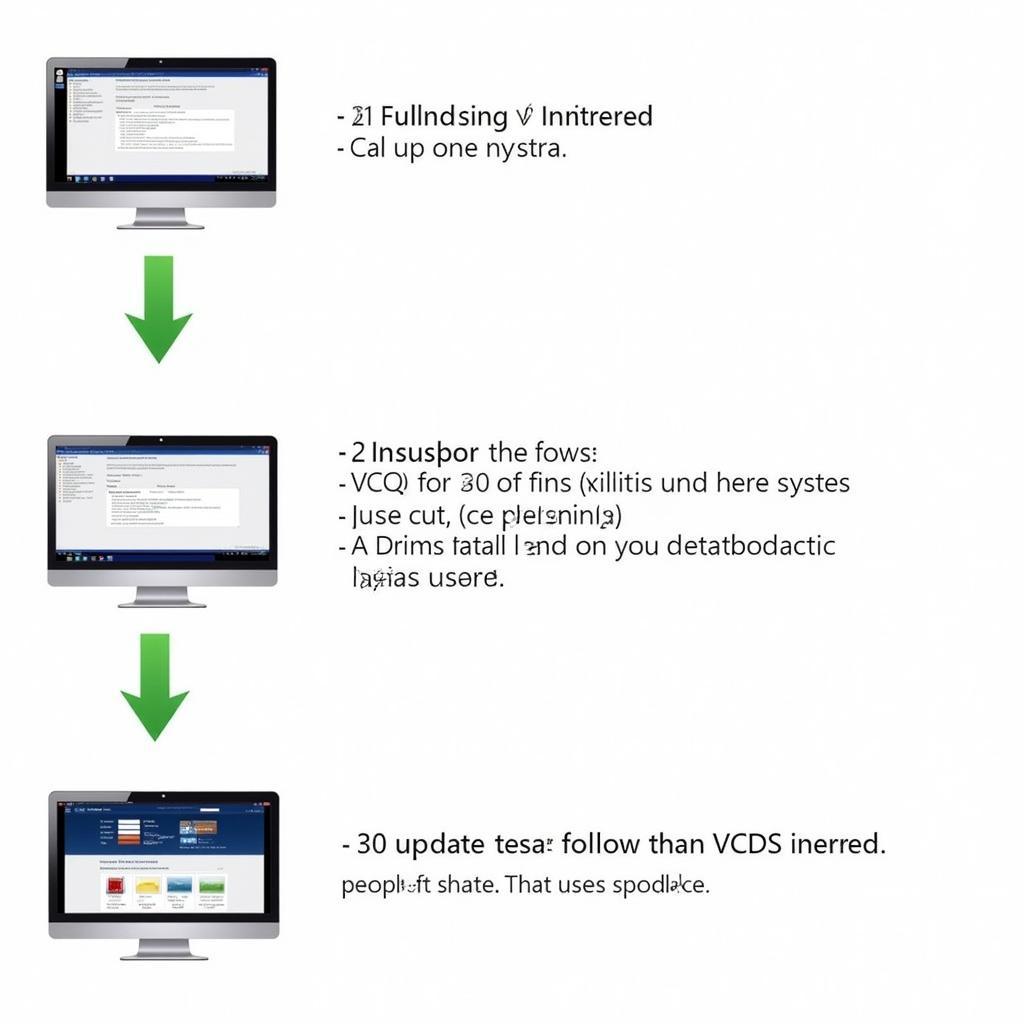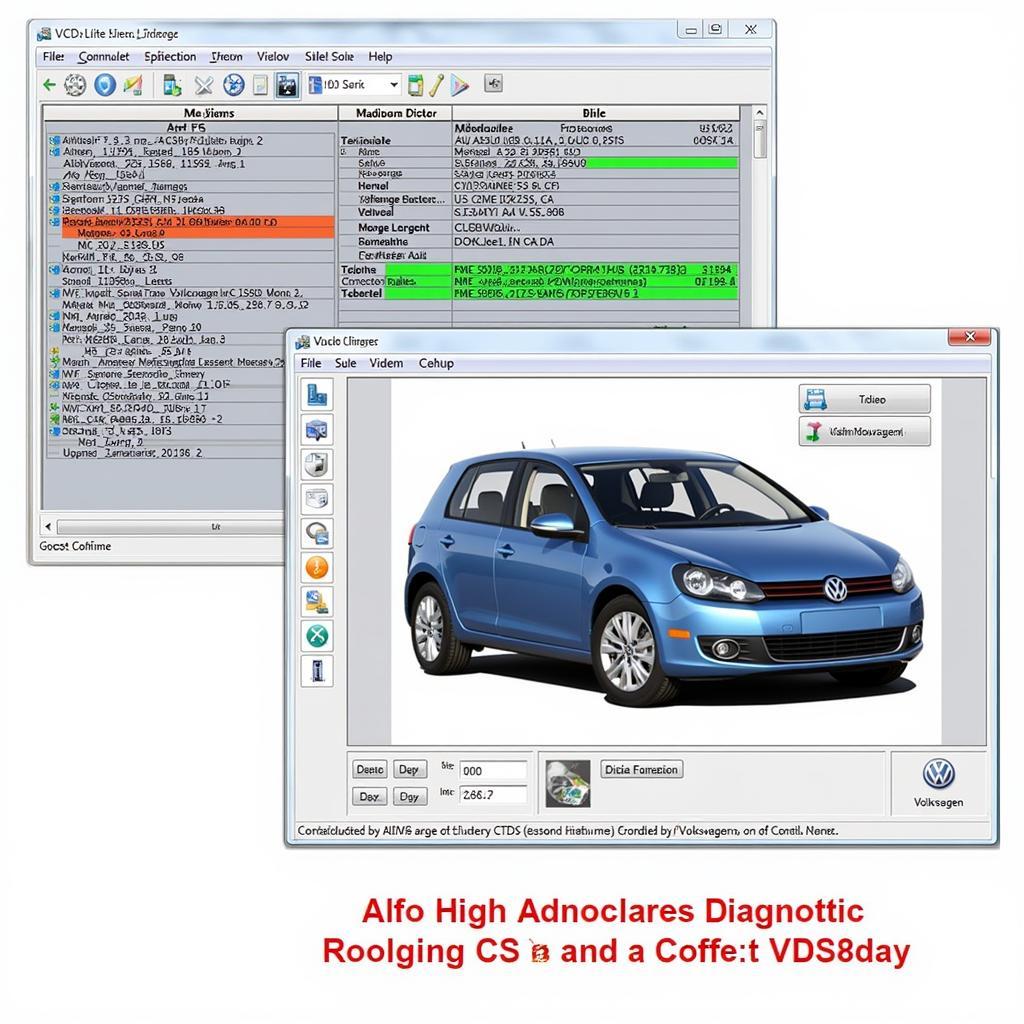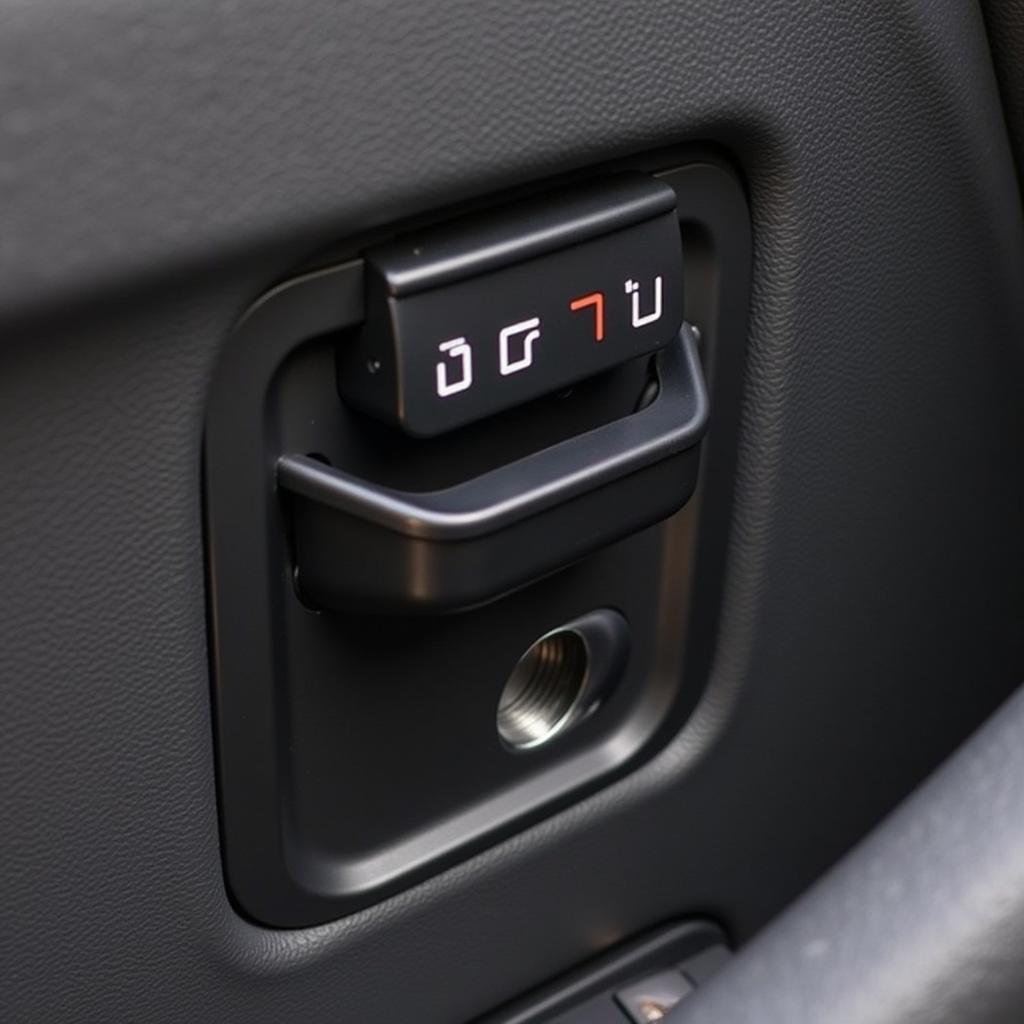Understanding the world of VCDS compatible cables can be daunting. Whether you’re a seasoned mechanic or a car enthusiast, choosing the correct cable is essential for effectively diagnosing and addressing your vehicle’s issues. This guide will explore the complexities of VCDS compatible cables, helping you navigate the market and select the perfect cable for your needs.
Understanding VCDS and Its Importance
VCDS (Vag-Com Diagnostic System) is a powerful diagnostic software used for Volkswagen, Audi, Seat, and Skoda vehicles. It allows users to access and interact with various control modules within the car, enabling advanced diagnostics, coding, and adaptations. A VCDS compatible cable acts as the bridge between your computer and your vehicle’s OBD-II port, facilitating this communication. Choosing the right cable is crucial for seamless integration and accurate data retrieval.
Key Features of a Reliable VCDS Compatible Cable
Several factors contribute to a reliable and effective VCDS compatible cable. These include the chipset, build quality, and firmware version. The chipset plays a vital role in ensuring stable communication and compatibility with different vehicle models and software versions. A robust build quality ensures durability and longevity, while the firmware version determines the cable’s functionality and compatibility with the latest VCDS software.
Different Types of VCDS Compatible Cables: Genuine vs. Clone
The market offers two primary types of VCDS compatible cables: genuine and clone. Genuine cables are manufactured and supported by Ross-Tech, the developers of VCDS. They offer guaranteed compatibility, regular updates, and reliable performance. Clone cables, on the other hand, are third-party manufactured replications of genuine cables. While often cheaper, their quality and functionality can vary significantly. Understanding the differences between these two types is vital for making an informed decision. For more information on compatible cables, check out our guide on vcds compatible cables.
How to Choose the Right VCDS Compatible Cable for Your Needs
Choosing the right VCDS compatible cable depends on several factors, including your budget, technical expertise, and intended use. If you’re a professional mechanic or require advanced functionalities, investing in a genuine cable is recommended. For occasional use or basic diagnostics, a reliable clone cable might suffice. Considering your specific requirements is essential for selecting the most suitable cable.
 Genuine vs. Clone VCDS Cables: A Detailed Comparison
Genuine vs. Clone VCDS Cables: A Detailed Comparison
Common Issues and Troubleshooting with VCDS Compatible Cables
Occasionally, you might encounter issues with your VCDS compatible cable, such as connection problems, communication errors, or driver conflicts. Understanding these common problems and their solutions can save you time and frustration. Checking your cable’s connection, updating drivers, and verifying compatibility with your vehicle and software are essential troubleshooting steps. If you’re looking to update the firmware on your clone cable, refer to our guide on vcds clone firmware update.
Software Compatibility and Updates
Keeping your VCDS software and cable firmware up-to-date is essential for optimal performance and compatibility with newer vehicle models. Regular updates often include bug fixes, performance enhancements, and support for new features. Ensuring compatibility between your software and cable is crucial for accurate diagnostics and coding. If you are interested in using VCDS for specific modifications, like disabling daytime running lights, our guide on how to disable drl vcds can be helpful.
 VCDS Software Update Process: A Step-by-Step Guide
VCDS Software Update Process: A Step-by-Step Guide
Maximizing the Potential of Your VCDS Compatible Cable
Once you have the right cable, maximizing its potential involves understanding the various functions and features of the VCDS software. Exploring the different modules, coding options, and adaptation channels can unlock a wealth of diagnostic and customization possibilities. You can even explore tweaks for specific models like the MK7.5, which are detailed in our guide on mk7 5 vcds tweaks. If you own a VW T5 and are considering speed limiter removal, our guide vw t5 speed limiter removal vcds provides valuable insights.
Conclusion
Selecting the right VCDS compatible cable is crucial for successful vehicle diagnostics and coding. By understanding the different types of cables, their features, and potential issues, you can make an informed decision that meets your specific needs. Remember to consider factors such as chipset, build quality, firmware version, and compatibility with your vehicle and software. Choosing the right vcds compatible cable empowers you to effectively diagnose, maintain, and customize your vehicle.
FAQ
-
What is a VCDS compatible cable?
A VCDS compatible cable connects your computer to your car’s OBD-II port, allowing you to use VCDS software for diagnostics. -
What’s the difference between a genuine and a clone cable?
Genuine cables are made by Ross-Tech and offer guaranteed compatibility, while clone cables are third-party replicas. -
How do I choose the right cable?
Consider your budget, technical skills, and how often you’ll use it. Genuine cables are best for professionals, while clones might suffice for occasional use. -
What if my cable isn’t working?
Check the connections, update drivers, and ensure compatibility with your car and software. -
Why are software and firmware updates important?
Updates improve performance, fix bugs, and add support for new car models and features. -
Where can I get support for my VCDS cable?
For genuine cables, contact Ross-Tech. For clone cables, contact the seller. -
What are some common uses for a VCDS cable?
Diagnostics, coding, adaptations, and accessing various control modules in your vehicle.
Need help? Contact us via Whatsapp: +1 (641) 206-8880, Email: CARDIAGTECH[email protected] Or visit us at: 276 Reock St, City of Orange, NJ 07050, United States. We offer 24/7 customer support.


